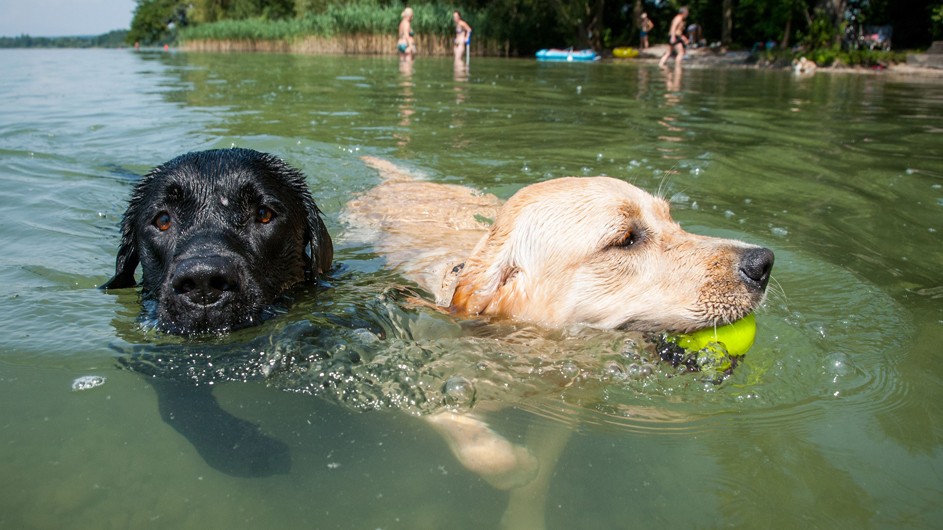As states across the country begin to open up their economies and outdoor activities resume, it important that people not lose sight another public health threat: toxic algae, a risk to humans, pets and wildlife that is sure to resurface.
Known by many names—blue-green algae, cynobacteria, toxic algal blooms—harmful algae blooms, known as HABs, occur when algae, some of which produce toxic strains, start to grow. Last summer, dogs in several states died after swimming in waters covered by a harmful algal bloom and an unusually large number of impacted lakes and beaches were forced to close.
From the coast to inland waters and from the smallest pond to the Great Lakes, harmful algal blooms that often result in colored scum on the water’s surface, have been increasing in size and frequency.
In a recent study published in the journal Nature, an analysis of 71 freshwater lakes worldwide found nearly 70 percent of the lakes showed signs of worsening algal blooms.
Not all algae are harmful. Just like trees in the rainforest, these simple, plant-like organisms produce oxygen and help fuel healthy ecosystems. They form the basis of the food web, and without them there would be no fish or marine mammals.
But clearly something is wrong. Driven to some extent by global warming and nutrient pollution—caused in part by fertilizers and sewage—blooms pose a growing threat to humans and animals. They affect drinking water, agriculture, recreation and tourism. People and pets can become ill through swallowing contaminated freshwater.
For decades, scientists have been trying to develop tools to monitor these tiny cells, predict when they will bloom and determine if the problem is getting worse. Progress is being made with increased government funding and bipartisan support for research, forecasting and mitigation efforts. Congress last year provided the United States Geological Survey’s National Water Quality Program additional funds to assess HABs. In 2018, Gov. Andrew Cuomo, of New York, launched a $65 million initiative to combat HABs in water bodies across his state.
While I applaud governmental efforts to fund research, reduce dangerous blooms and protect our natural resources, that alone won’t be enough. We also need collective action. Each individual must understand the impact climate change and nutrient pollution has on our lakes, rivers, streams and oceans, and take steps to protect our precious resources for future generations.

